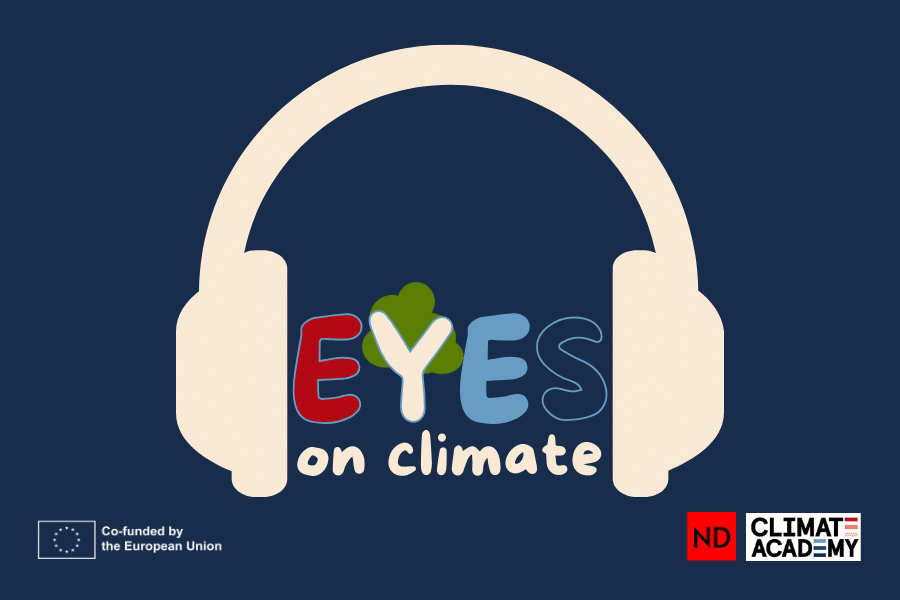She suggests teaming up with a buddy. “Looking back on all the stuff I’ve produced, I’ve never produced it alone or in a silo,” she said. “You really need to connect with other people. And I think that’s a great way to do it.”
4. Find your mango. Colter said that piece of advice came from climate journalist Katherine Dunn, who runs the Oxford Climate Journalism Network. It means connecting climate to the things that people care about. “Yummy, delicious mangoes are struggling to thrive on a heating planet right now,” Colter said. “So that’s something that actually is under threat. It’s something that people love. The thing I like about it is that mangoes are really visual. Everybody knows them.”
5. Make small splashes as opposed to big waves. You don’t need to think about a massive climate headline, Colter said. It can and should be stories that you’re personally interested in that have a climate element to them. Climate is everywhere, Colter said. “It’s just about finding your route into it,” she said. “Find small ways to connect the dots to climate change.”
6. Keep it simple: Listeners want to feel like they are part of a conversation. So talk like you’d normally talk. “It doesn’t need to sound like a science textbook,” Colter said. “Like we’re not all climate scientists and I don’t think we should feel that we have to communicate in such a way.”
7. Keep it human: We tend to focus climate stories around some aspect of the planet: air, water, wildlife, plants. But it is a mistake to ignore people. “That’s who is mainly suffering and who will suffer,” Colter said. “Nature will go on, humans won’t.” She said center a story around humans and speak directly to the people that your story affects by reaching out to them and interviewing them.
“It’s amazing now you you can pretty much contact anyone all over the world,” she said. “And what I would say is just go for it because you’d be surprised at who replies.”
8: Give people ways that take action. Colter said that you don’t want to lecture people or demand that they change the way they live. But you can make suggestions and give them blueprints of how others have taken action. “It’s very much about taking stock of what’s going on in your life and your community and taking action within that,” she said.
9. Find technology you are comfortable with. There are seemingly endless apps and software programs and hardware you can buy and download and install and use. But you don’t need expensive equipment or complicated programs. There are simple, inexpensive microphones you can buy or use the one that comes on your laptop or phone. You can use free software that called a digital audio workspace. On an Apple device there is an app for recording called Voice Memos, for example. “So you literally just open that, hit go and you’re good to go,” she said.
You will need an editing program. Again there are fancy programs you can get such as Adobe Audition but there are simpler programs as well. Colter pointed to Descript, which allows you to edit the audio by editing the words. “So you can literally highlight a whole sentence and click delete if you don’t want that sentence,” she said. “I think Descript is a really good entry tool if you just want to have a play around.”
10. Publish. Like with recording and editing technology, there are a lot of publishing platforms like Buzzsprout, Acast and Simplecast and all will enable people to find your podcast on Apple, Spotify and other commonly used streaming services. Some are free and some cost money. You might want to explore and compare.
Questions to consider:
1. Why is there more to podcasting than just talking into a mic?
2. What are some ways you can connect to an audience?
3. If you were to create a new podcast, what would it be about?

